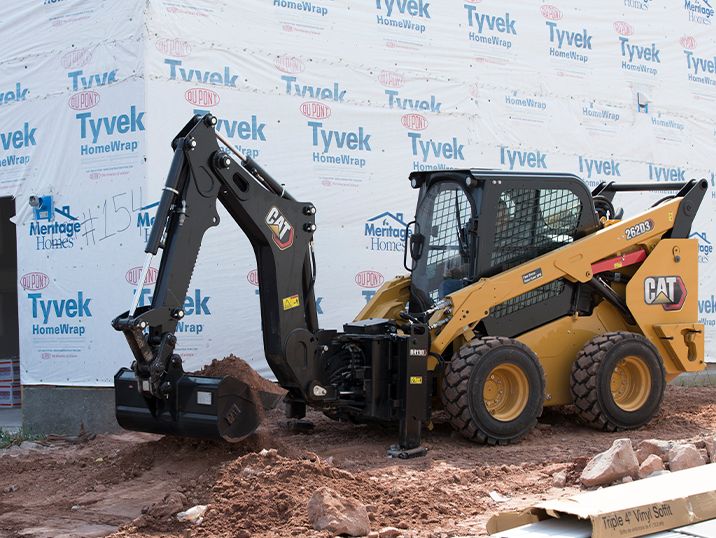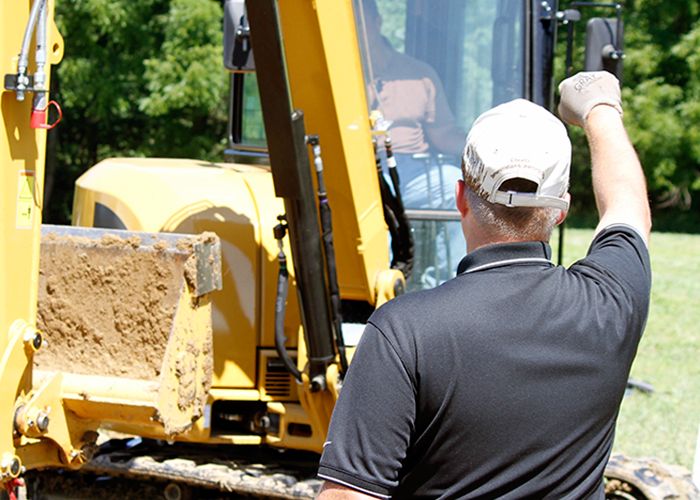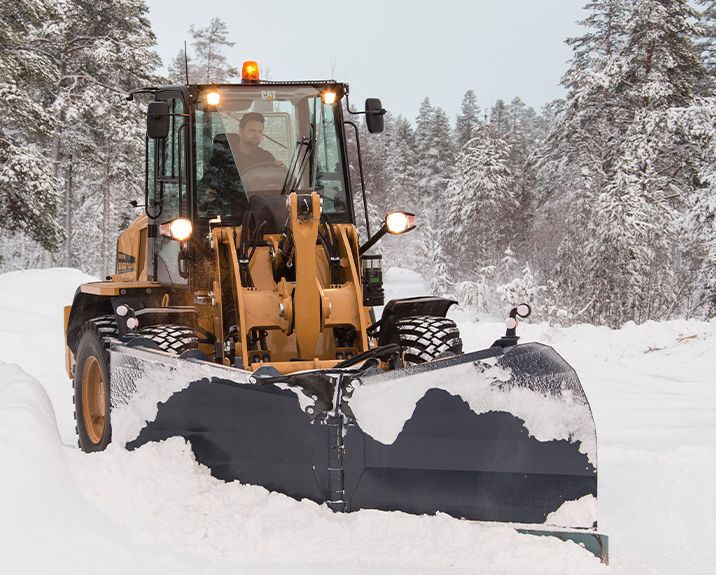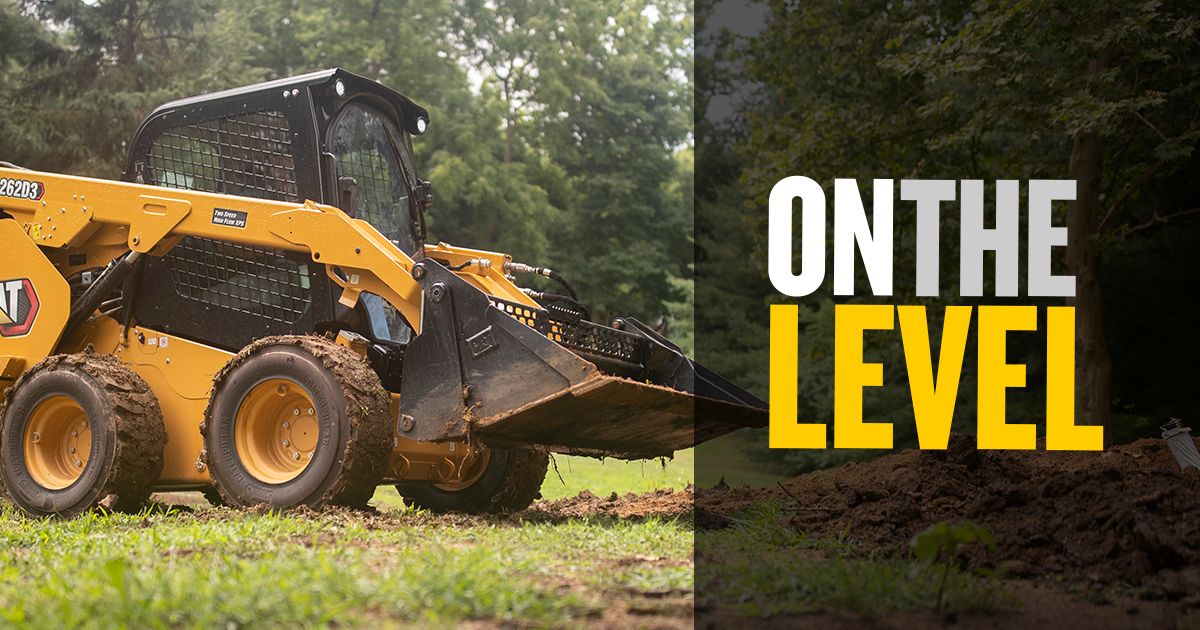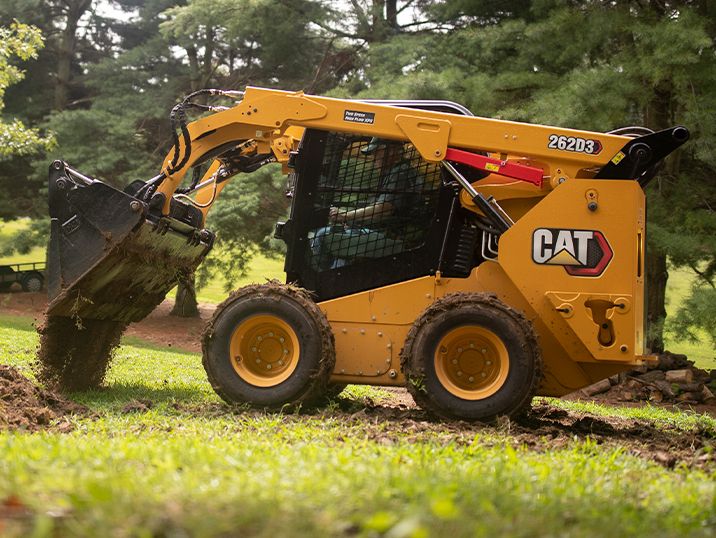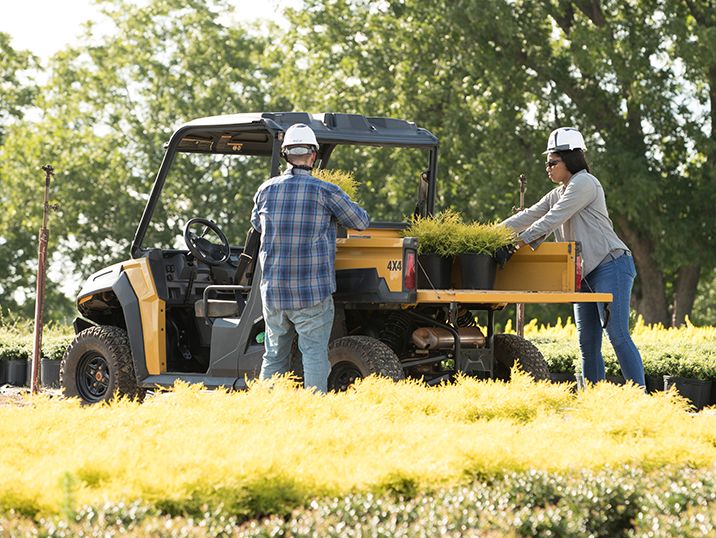If you already have an existing account with another Cat App, you can use the same account to sign in here.
One Account. All of Cat.
If you already have an existing account with another Cat App, you can use the same account to sign in here.
Account Information
Site Settings
Security Settings
How You Can Build a Sustainable Construction Company
The construction industry has seen a lot of growth over the years, and with that comes a lot of waste. Luckily, there are some practices you can adopt to build a sustainable construction company that will be better for the environment and your bottom line.
Did you know that the construction industry generated 600 million tons of construction and demolition material waste in the US in 2018 according to the EPA? As construction continues to be a strong industry in the US and other parts of the world, the amount of waste created will likely grow. So how can you build a more sustainable construction company while also saving some money?

In one of the CONEXPO-CON/AGG 2020 educational sessions, Ben Everswick, Sustainability Coordinator for Kiewit, shared a few reasons why waste tracking is important for construction contractors. In short, more contracts are requiring it, we’re facing changing global markets and regulations, there are environmental, social, and economic benefits to the practice, and identifying trends will help us make educated decisions within the industry.
Sustainable and Recycled Materials
While the construction industry does generate millions of tons of waste each year, some of that waste is repurposed or recycled. In 2018, 455 million tons of construction and demolition waste material was redirected for next use in markets like aggregate, compost, and fuel, among others. I learned at CONEXPO-CON/AGG 2020 that this is known as beneficial reuse and can be employed as a method to not only divert waste from landfills but also reduce material demands and costs on other job sites. Recycled materials can be used on construction jobs, too.
By using sustainable material during the construction process, there are several benefits:
- Helps reduce overall building costs by reducing purchasing, disposal, and transportation costs. Some materials can also be donated to charities which gives a tax benefit
- Lessens environmental impact of extraction of resources
- Saves space in landfills
In working with recyclers, try to find facilities that are RCI Certified through the Recycling Certification Institute and are also LEED (Leadership in Energy & Environmental Design) compliant. These were suggestions brought up by Michael Gross, Director of Sustainability at Zanker Recycling, during the CONEXPO-CON/AGG 2020 on Profiting from Green Practices on Building and Infrastructure Projects.
While repurposing and recycling waste materials is important, one of the biggest ways to build a more sustainable construction company is by reducing the amount of materials you use for a job. You can do this by designing new buildings to last longer and constructing buildings in a way that makes them easier to take apart and reuse materials.
Green Buildings
“Green” buildings are buildings that reduce negative environmental impacts through their construction, operation, or design. According to the World Green Building Council, there are many different factors that can make a building green:
- Energy-, water-, or resource-efficient
- Built from non-toxic, sustainable materials
- Uses alternative energy options like solar or wind
- A design or construction that is considerate of the environment
- A design or construction that improves the occupants’ quality of life
Why build green buildings? Since buildings account for 40% of global energy-related CO2 emissions, green buildings can help reduce these negative environmental impacts. In the US, green buildings are more energy efficient, consuming 25% less energy and 11% less water than non-green buildings.
Green buildings are also good for your bottom line – they can help reduce overall operating costs and have already led to more job growth in the US over the last decade.
Paperless Technology
Paperless technology is another way to reduce environmental impacts and build a more sustainable construction company. With digital fleet management tools, you can access all of the data you need to keep your equipment running smoothly, including location, hours, and machine health. In addition to reducing paper waste, these digital tools help you stay more organized and help you work on-the-go.
When it comes to making your construction business more sustainable, it’s not an all-or-nothing approach: you can start small with something like paperless technology and then adopt other practices that make sense with your operations. With these changes to construction businesses, we can help make the construction industry as a whole a more sustainable one for generations to come.
RELATED ARTICLES
You’re here to get ideas to grow your business. Read on for machine insights and expert tips and tricks to get more out of every job.
-
Budget Reduction Strategies for Snow & Ice Businesses
We look at how you can use budget reduction strategies to help your snow removal service succeed in the face of smaller client budgets.
Learn More -
2021 Landscaping Trends for Stay-at-Home Spaces
2020 brought many challenges, but we’re encouraged to see the landscaping business booming as people get creative and look for ways to bring more joy to their stay-at-home spaces. See how the pandemic has influenced 2021 landscaping trends.
Learn More -
How Eco-Friendly Landscaping Helps the Environment
Landscaping isn’t just nice to look at. Eco-friendly landscaping can also help the environment by sequestering carbon dioxide and producing more oxygen.
Learn More -
Community Service in the Landscape Industry
The benefits of community service for a business are about much more than the bottom line. More and more these days, your customers are actively searching for companies that make social responsibility a part of their values. It's also just the right thing to do.
Learn More


